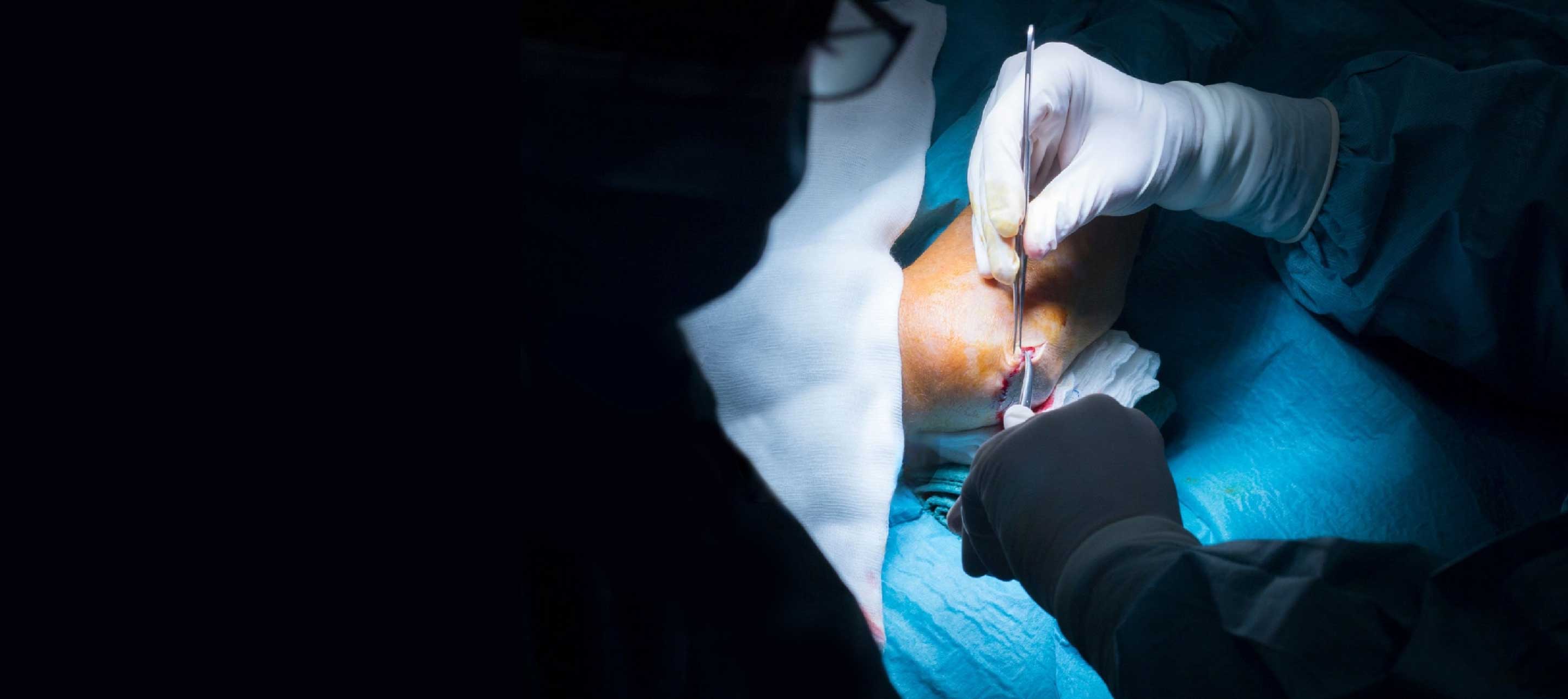
 Elbow Arthroscopy
Elbow ArthroscopyThe Greek words "arthro" meaning "joint" and "skopein" meaning "to look" led to the origin of the word "arthroscopy." An elbow arthroscopy eliminates the need for a large skin incision and enables your surgeon to diagnose and treat joint issues in a better way. This can lead to lesser pain and faster recovery Due to advances in technology and surgical methods, elbow arthroscopy has advanced rapidly over the years. The advancements in knowledge regarding elbow anatomy and disorders are also contributing to these improvements.
It is currently regarded as a safe and reliable treatment option for a range of elbow conditions. It's a technically challenging procedure because of the small operative space and presence of a mesh of nerves and vessels in the surgical area. OCD (Osteochondritis Dissecans), VEOS (Valgus Extension Overload), osteoarthritis, arthrofibrosis, and loose bodies can all be effectively treated with it. Recent developments have expanded the indications of elbow arthroscopy to include the treatment of lateral epicondylitis (tennis elbow) and fracture management (radial head fractures) also.
The advantages of arthroscopy over open elbow surgery include lesser risk of scarring, infection, pain, and swelling following surgery. It also allows quicker return to work and sports. However, because of the procedure's technical requirements, complications could still arise. The performing surgeon's experience, competence, expertise, and technique all affect the outcome of the arthroscopy.
If you or your loved ones are suffering from elbow disorders, then you are at the right place. Dr. Ishwar Bohra is one of the top orthopedic surgeons in India. He has earned great merits and has been recognised as one of the best doctors for elbow arthroscopy in India. People are experiencing best outcomes from the surgeries performed by Dr. Bohra.
Schedule a call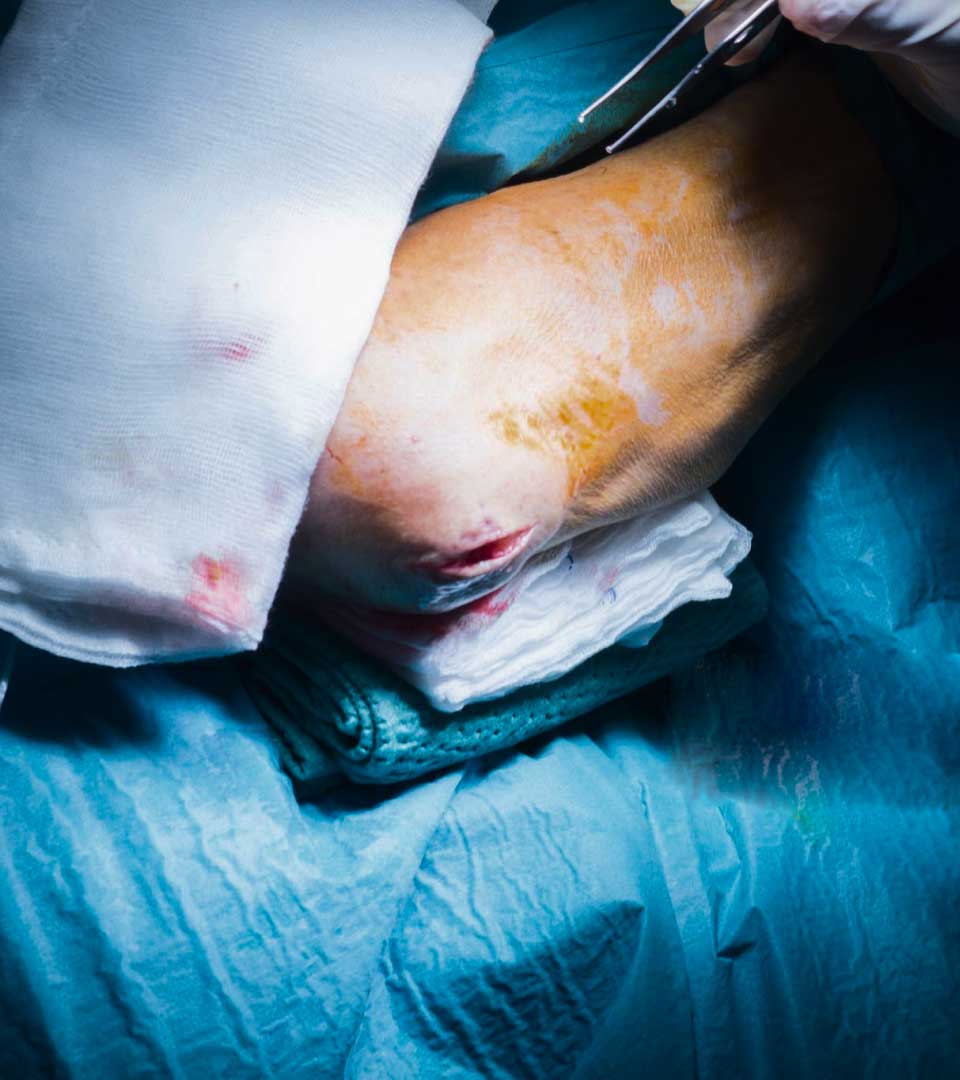
Get accurate insights for your joint issues and the best personalized treatment plan for it. We believe in restoration of your joint functions maximally, taking care of your unique needs.
Contact Us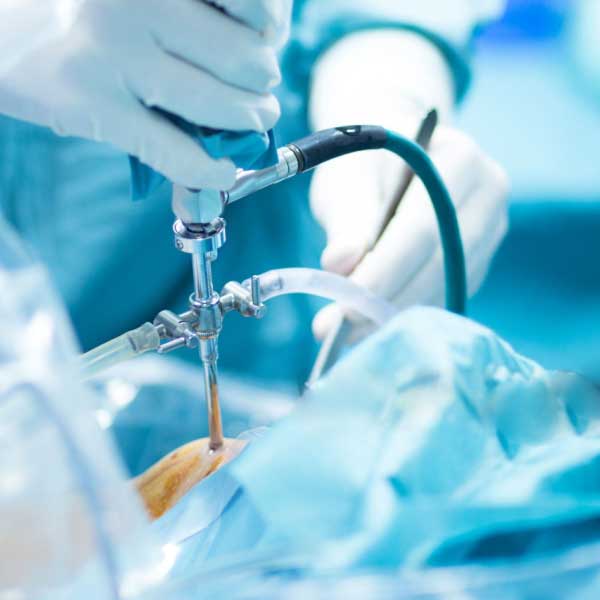
 Elbow Arthroscopy
Elbow ArthroscopyBone, cartilage, ligaments, and synovial fluid make up your elbow joint. The elbow joint is supported by tendons and muscles. You have elbow disorders if any of these structures are injured or damaged due to extrinsic or intrinsic factors. For certain levels of damage or injury in elbow ligaments, tendons, or cartilage, your doctor might suggest this minimally invasive procedure. It can be used to manage following issues:
The following individuals may require an elbow arthroscopy:
Following are the types of surgeries that can be performed by arthroscopic technique:
The synovium, or membrane lining the joint, is removed during this procedure.
Using this method, any loose bone or cartilage fragments as well as bony growths within the joint are removed.
The purpose of this operation is to reduce pain that develops from the rubbing of bone surfaces together. The bones have new shapes at their ends.
Elbow arthroscopy often helps in the resolution of inflammation or fractures. Although arthroscopy cannot treat conditions like arthritis, it can reduce symptoms and increase range of motion. This procedure may be used to:
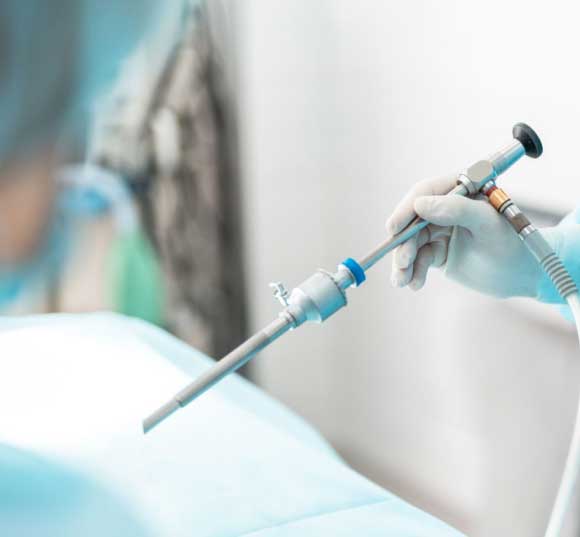
Your doctor will inquire about your medical history prior to an elbow arthroscopy. You must also bring a comprehensive list of all of your medications. A few days prior to your surgery, you might need to stop taking some of your medications. You will receive detailed instructions from your medical facility or doctor, including when to stop eating and drinking before surgery. Prior to your procedure, you might also require the following medical tests:
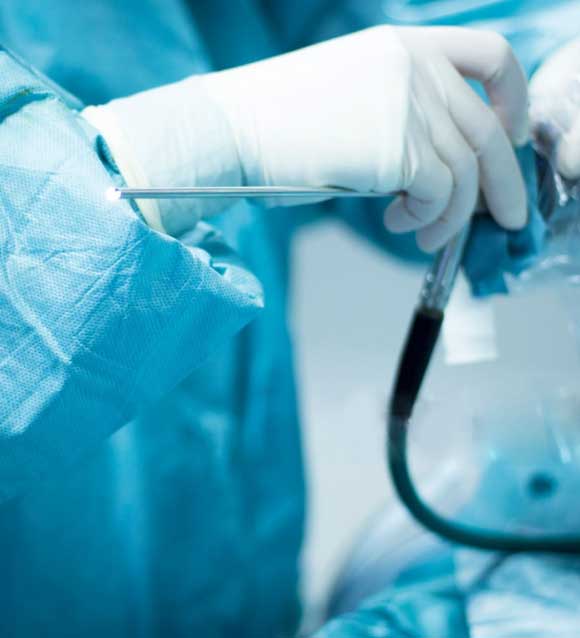
After the procedure, you may return home in a few hours. Taking good care of incisions is crucial. It might be necessary for you to:
Certain complications may accompany this procedure, which are:
Your physiotherapist might offer you tips and exercises to aid in your post-operative recovery. A few weeks may pass before returning to your regular activities. You should be able to get back to your regular activities as soon as possible with regular exercise. Consult your doctor or the healthcare team for advice prior to beginning an exercise regimen. The majority of patients experience significant improvement, but pain and movement take time to decrease. These symptoms vanish over time.
Renowned for his groundbreaking work in joint restoration, Dr. Ishwar Bohra keeps pushing the frontiers of innovation with his latest research backed procedures. By employing advanced techniques and evidence-based strategies, Dr. Bohra ensures the best possible results for patients seeking joint rejuvenation. His commitment to excellence in restoring mobility and improving quality of life is demonstrated by his commitment to staying at the forefront of medical advancements.
A: It might take you six to eight weeks for you to recover. You might need to reduce your activities until you can move your elbows normally again. Another option for you might be a physical rehabilitation programme for faster recovery.
A: For at least two weeks following surgery, you should anticipate some pain and discomfort. It might take a few weeks for the pain to go away if your surgery was extensive.
A: There is an excellent success rate (between 80 and 95 %) for people with elbow arthritis. It results in lesser stiffness in the elbow following the procedure after open surgeries.
A: Patients should be made aware that the most frequent side effects following elbow arthroscopic surgery include stiffness, the requirement for additional surgery, and nerve injuries, particularly neuropathy of the ulnar nerve.
A: Exercises to prevent joint stiffness and reduce swelling might be suggested by your healthcare provider. Additionally, physical therapy may aid in regaining mobility and strengthening muscles.
A: Your elbow joint's arthroscopy can identify the source of symptoms like pain, stiffness, swelling, and loss of motion. It can also be used by doctors to treat issues with ligaments, tendons, and joints. In extreme circumstances, open surgery and elbow arthroscopy may be executed together.
A: Results from both methods are similar, with the maximum number of patients improving after six months. It has been demonstrated that the arthroscopic method has a quicker recovery time and allows for the treatment of any co-existing internal elbow issues.
A: The scar left by the incision will typically disappear with time. You might undergo a rehabilitation programme following surgery. You should be able to use your arm and elbow pain-free after rehabilitation. It's likely that you'll be able to resume your regular activities, like playing sports and tennis.
A: Patients who underwent elbow surgery may sleep in a recliner comfortably for the first few days. Although a sling will be worn right away following surgery to safeguard the healing joint, patients may sleep without it.
Dr. Ishwar Bohra, the best joint replacement surgeon, has brought joint care a step closer to the maximum mobility restoration with enhanced quality of life and great patient satisfaction. Choose our facility to avail personalized care and highest treatment success since we are committed to serve you the most personalized care.
Dr. Ishwar Bohra’s unparalleled expertise backed by 25,000+ successful surgeries, testifies his capabilities to provide the best joint care. His compassionate patient care approach is highly appreciated by his patients.
Dr. Bohra, a highly skilled doctor, is well-introduced to modern therapeutic interventions and latest equipment to provide most accurate, minimally invasive, and highly successful results.
We are committed to provide you the joint care solutions most suitable for you, keeping your expectations and convenience at the forefront. Such tailored solutions will fulfill the unique needs of each patient maximally.